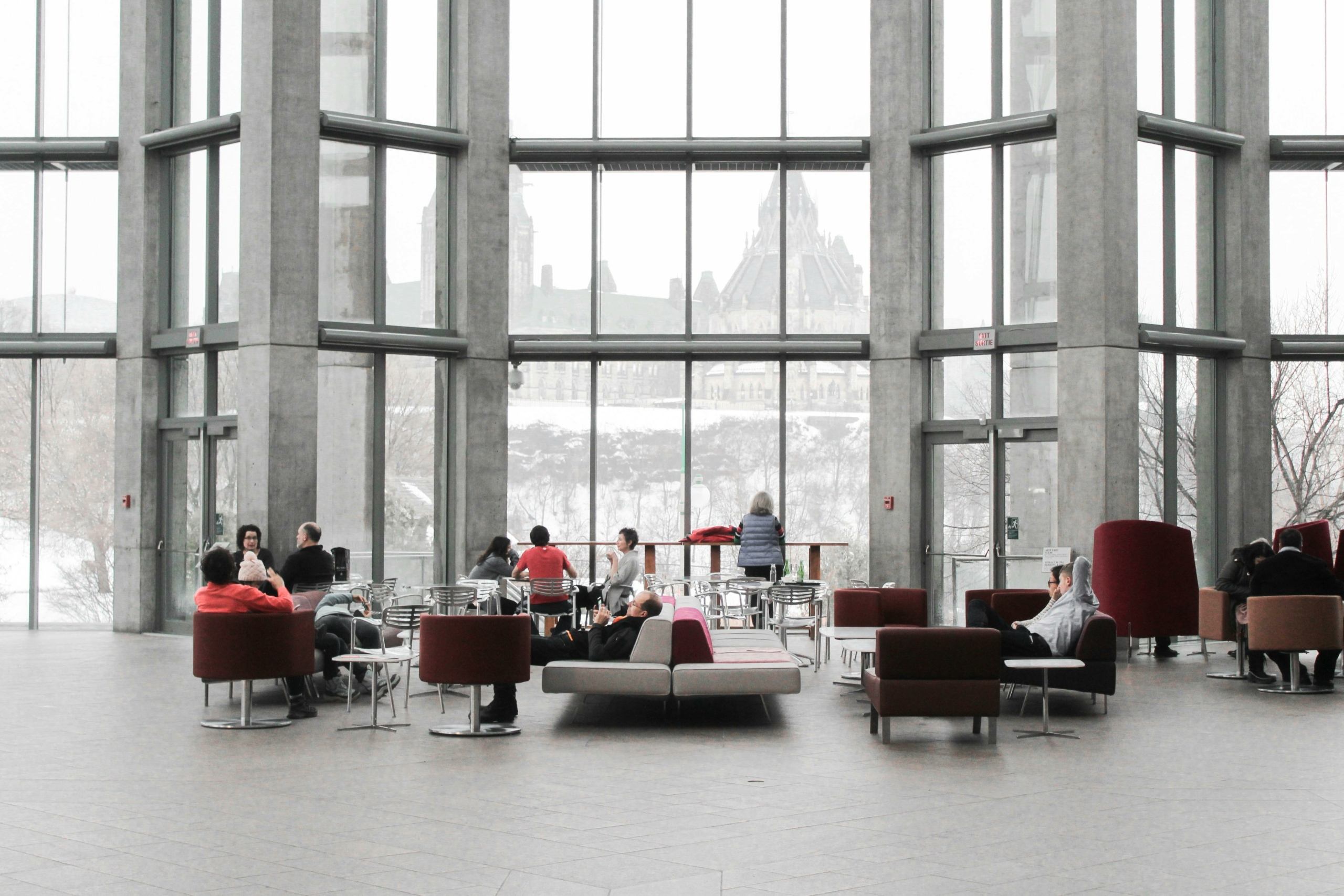
Australian CBD office occupancy rates have rebounded strongly in the first quarter of 2024, with Perth and Adelaide leading the pack, according to new data from CBRE.
Excluding the traditionally quieter holiday months of December and January, Australia’s CBD office occupancy rate averaged 76% of pre-COVID levels in Q1 2024, up from 70% in Q4 2023 and 67% a year ago.
CBRE’s Australian Head of Office Research, Tom Broderick, said the improved trend was in stark contrast to the US, where office attendance had stabilised at about 50% of pre-COVID levels.
“Australia’s capital cities have the benefit of better access to public transport, shorter commute times and lower inner-city crime rates,” Broderick said.
He expects occupancy levels in Australia will continue to rise over the remainder of 2024 and beyond, particularly on non-peak days, as businesses continue to incentivise workers to return to the office and invest in higher quality accommodation to earn the commute.
CBRE’s Pacific Head of Investor Leasing, Tim Courtnall, said enticing work environments were a key drawcard, with just over two-thirds of businesses that have moved premises in the past three years upgrading to a better-quality office building.
“Feedback from some of these occupiers suggests a significant improvement in employees returning to the office following a move to new generation office stock,” Courtnall noted.
He added that some organisations are also starting to link pay and promotions to office attendance, linking this to enhanced corporate culture and the contributions this makes to the mentoring of younger employees.
Melbourne was one of the standouts from an improvement perspective, with the CBD occupancy rate rising from 57% to 62% over the quarter.
However, the smaller cities of Perth and Adelaide have the strongest occupancy rates at 93% and 88% respectively.
“These markets have shorter commute times for employees and working from home has been less structural in these cities. Peak days in Perth and Adelaide are almost back to pre-COVID norms at 96% and 94% respectively and there is also less discrepancy between attendance on different days of the way compared to the larger cities of Sydney and Melbourne,” Broderick said.
Other key trends include Brisbane’s occupancy averaging 83% and 87% on the peak day (Tuesday), Sydney improving from 65% in Q1 2023 to a 77% weekly average in Q1 2024, and while Melbourne and Canberra have the lowest attendance rates, both markets have improved over the past 12 months, coming off a low base.
Melbourne’s average weekly occupancy continues to be impacted by low levels of attendance on Mondays and Fridays, which is 20 percentage points lower than the mid-week average of 71%.